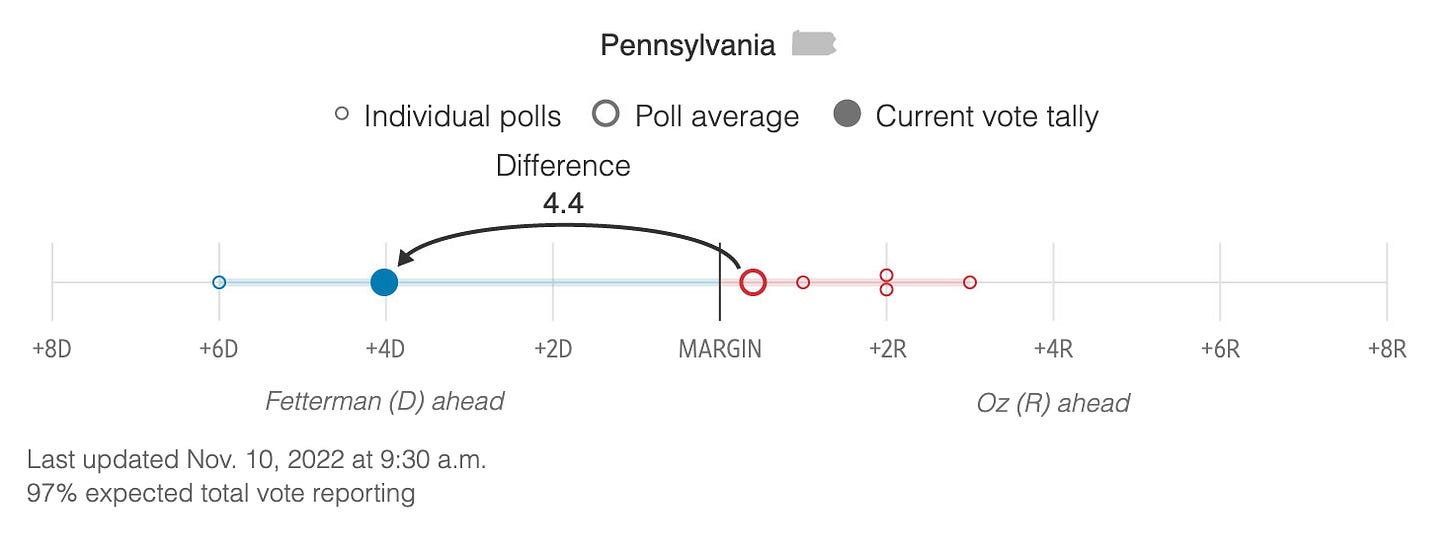Democrats don’t want to debate the details of abortion. The GOP must make them.
Our analysis of what worked and what didn’t in the 2022 midterm elections continues.
In a New York Times story today titled “How Democrats Used the Abortion Debate to Hold Off a Red Wave,” one quote by a prominent Democratic pollster encapsulates the Democratic Party’s contempt toward the average voter on the abortion issue:
Soon after the decision in June, Democratic Party committees invested in detailed polling, hoping to drill down on what exact messaging worked best. There was a clear conclusion: The most potent messaging for Democrats was to keep the conversation broad by casting Republicans as supporting a national ban on abortion, and avoid a discussion over the details about gestational week limits.
“Debating weeks is not where we want to be,” said Celinda Lake, the longtime Democratic pollster who conducted some of the surveys. “People are terrible at math and terrible at biology.”
Translation: When the American people understand that unborn children have beating hearts by six weeks, unique fingerprints forming by 10 weeks, can feel pain by 15 weeks, and all those awe-inspiring details that shed light on the humanity of the child, pro-abortion Democrats lose. (The stages of prenatal development are beautifully animated at VoyageOfLife.com, designed by the doctors and scientists at Charlotte Lozier Institute.)
The pollster’s quote is an indictment of GOP candidates, consultants, and party leaders who chose the “ostrich” strategy of burying their heads in the sand and ignoring the issue, rather than defining what limits they support, such as protections for unborn children when their heartbeat can be detected or when they can feel pain.
Democrats clearly didn’t want to have that debate – as informed by their own detailed polling – and were likely thrilled by many in the GOP who wrongly chose not to have it. We must do better in 2024.
Partial-Birth Abortion Fight Holds Political Lessons for Today
The pro-life movement won the national debate on partial-birth abortion, first in Congress almost 20 years ago and subsequently in the Supreme Court. Our president Marjorie Dannenfelser argues in her latest op-ed that the partial-birth abortion fight has very pertinent political lessons for today and that it’s time to do it again:
First, protecting children from such indefensible brutality was a worthwhile project in and of itself. Second, it flipped the script on defenders of legal abortion who hid behind euphemisms like “a woman’s right to choose.”
…
The idea that the people’s representatives in Congress must stand by silently and play no role in the greatest civil and human rights debate of our time is unsupported by history.
The Partial-Birth Abortion Ban Act is there quietly reminding us that federal action is possible. And for the sake of countless little boys and girls, we have a moral imperative to get it done.
Ballot Initiatives: Deep Pocketed Pro-Abortion Lobby Outspends and Deceives
Robust public debate with candidates arguing their case was dearly missed in states where pro-abortion ballot initiatives won and pro-life ones lost, as our president Marjorie Dannenfelser explained on NPR’s Morning Edition today.
The pro-abortion side outspent opponents roughly 10 to one, flooding those states with misleading ads that presented any limits on abortion – even on infanticide in the case of babies born alive. Also in the New York Times story, our Chief Strategist Frank Cannon urges pro-life political leaders and the whole movement to take the threat seriously:
“The pro-life movement has to do better. The political element of the pro-life movement has to step up,” said Frank Cannon, longtime political strategist for Susan B. Anthony Pro-Life America. “Without that we are going to be in trouble.”
Emboldened abortion advocates won’t stop there. This illustrates again why a national debate is so critical, especially in the setting of the presidential race.
You Don’t Say: Midterm Polls Let America Down Again
From The Wall Street Journal:
“In the most competitive races, poll averages overstated Republican support.”
While control of the Senate remains in the balance, Democrats on Tuesday ran ahead of expectations set by pre-election poll averages. Across the eight most competitive races, Democrats on average did about three points better than the final poll averages calculated by Real Clear Politics. And a number of those averages camouflage a wide disparity among individual polls.
In the states with Senate races that have already been called, a clear pattern emerges:
This is an important lesson for future election cycles: don’t ever assume the outcome of any election, no matter what the polls say. Remember 2016? Donald Trump was expected to lose. Remember 2020? The GOP was going to lose House seats. And now 2022.
Today’s Last Word: Team Rubio Has It Right
Senator Marco Rubio’s chief of staff succinctly summed up our argument:








